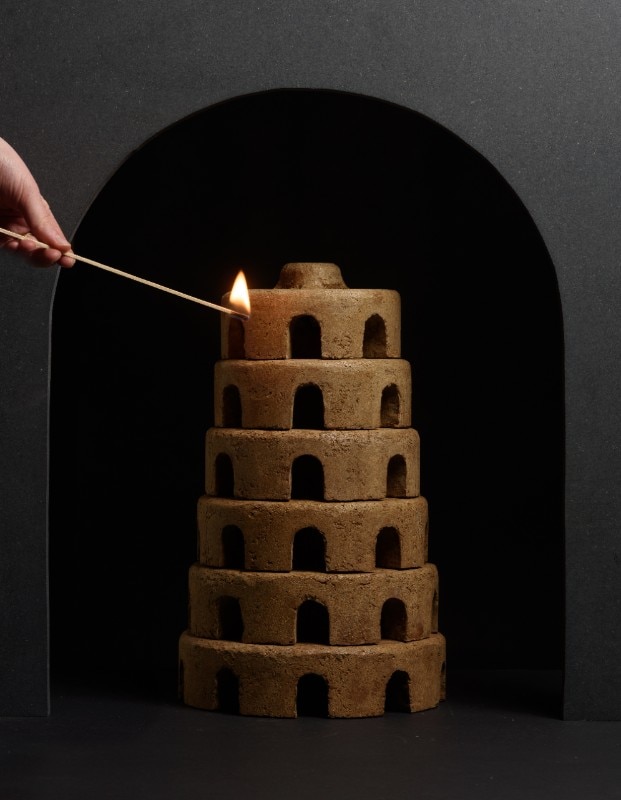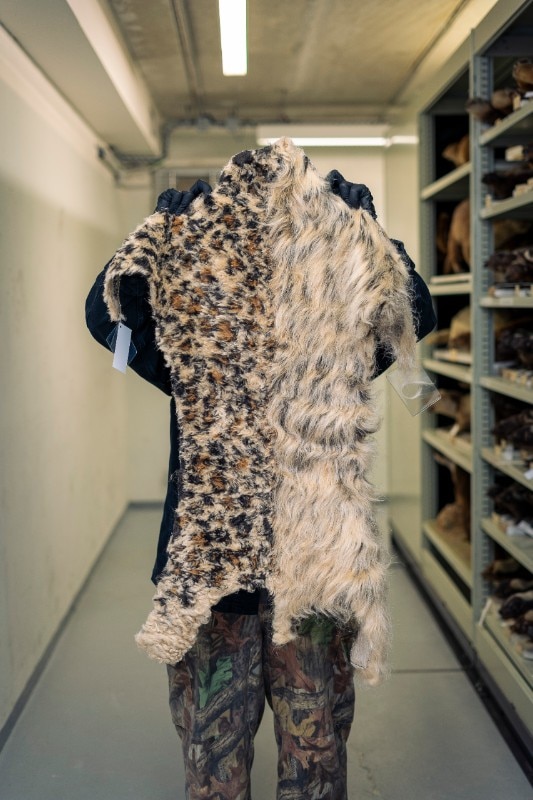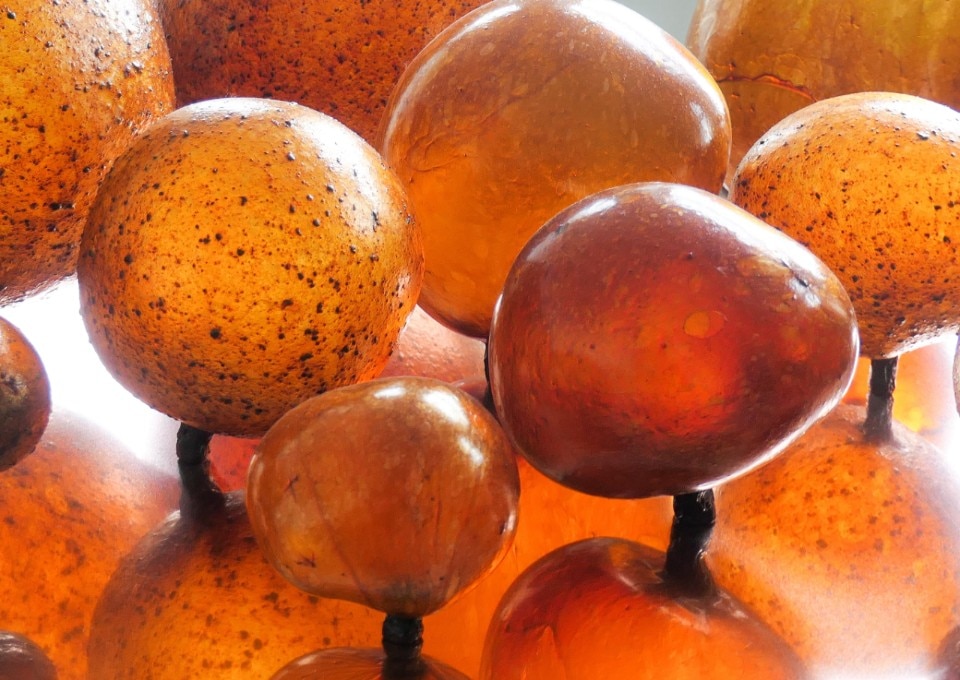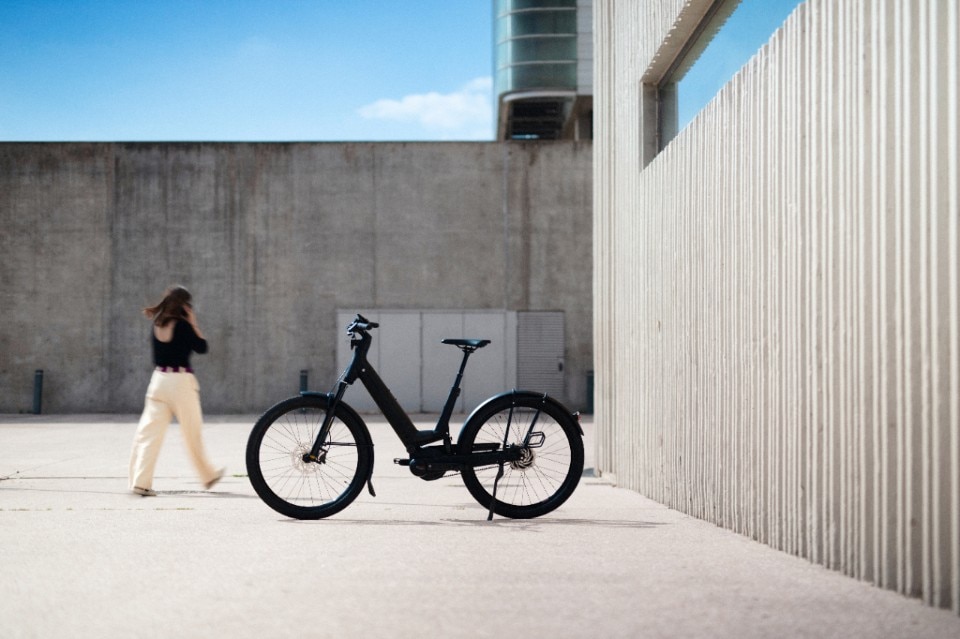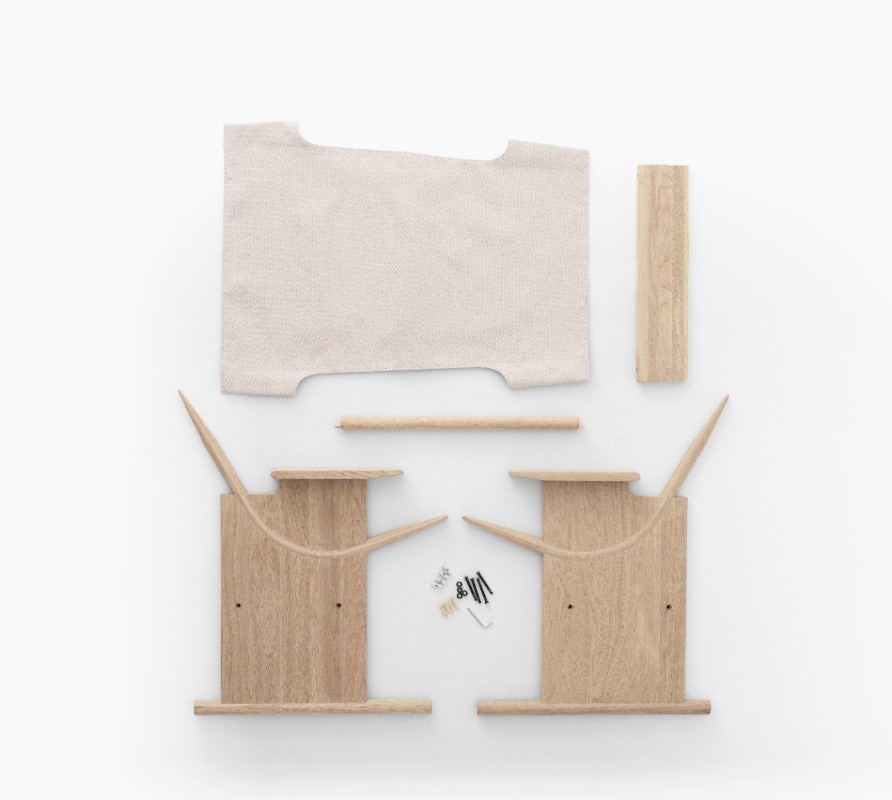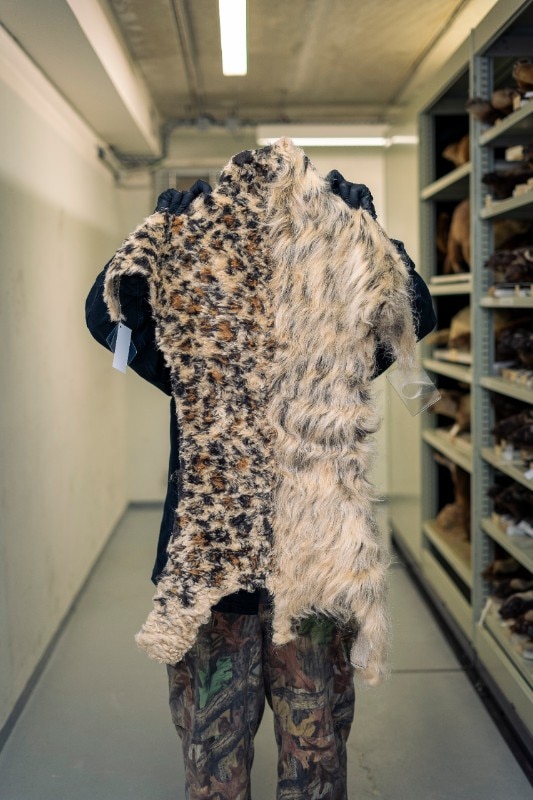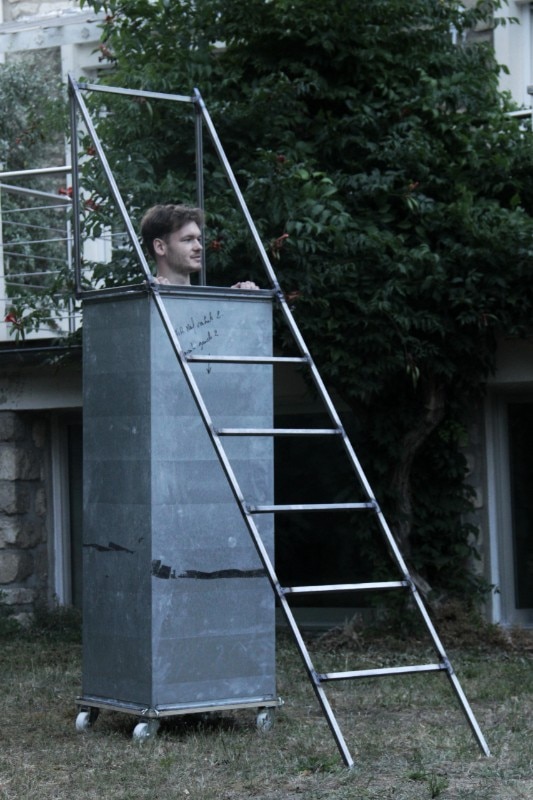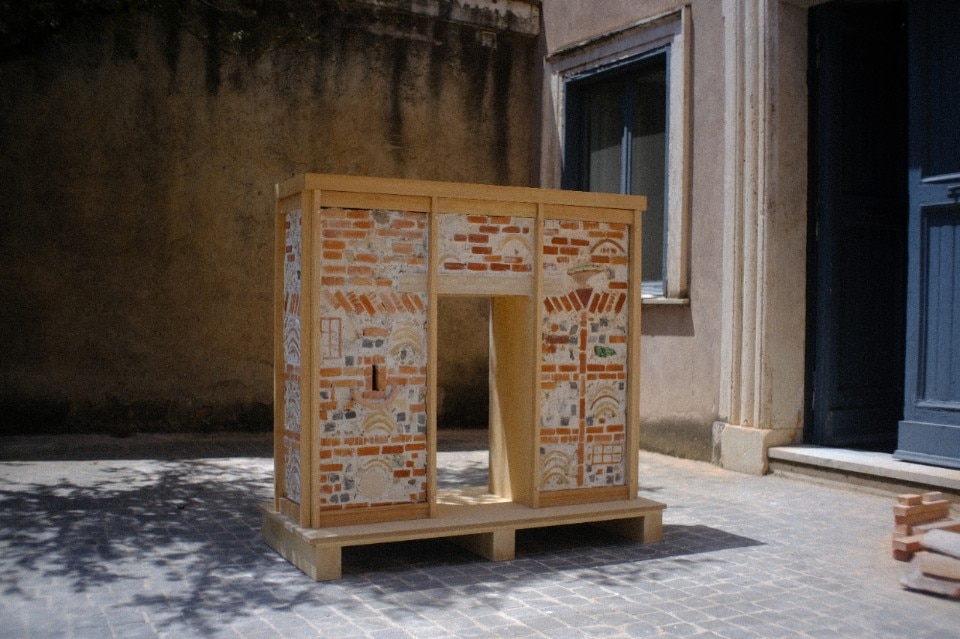In 1963, Richard Buckminster Fuller launched a visionary project at Southern Illinois University: an Inventory of World Resources, Human Trends, and Needs. This initiative, published as a public report for designers and architects, cataloged the materials and means available on our planet, which Fuller famously called “Spaceship Earth,” with the goal of sparking collective reflection and action. Nine years later, the Club of Rome’s influential report The Limits to Growth (1972) confronted the world with a stark dilemma: in the face of exponential population growth, the planet’s resources are not only finite, but they are also rapidly depleting. What, then, is to be done?
It’s the same question Victor Papanek posed in his seminal work Design for the Real World (1970), calling for a radical shift in design practice through an ecological and responsible perspective in a world, as he put it, “with its back against the wall.”
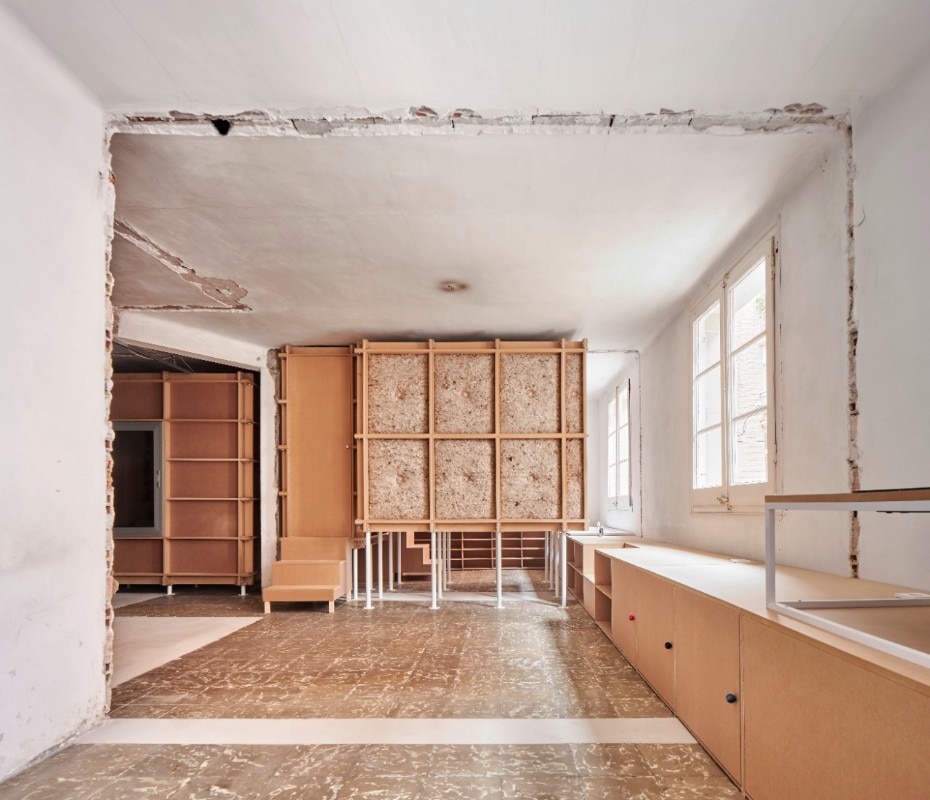
Now, more than 50 years later, the 13th Saint-Étienne International Design Biennial in France returns to this same concern, placing the question of resources squarely at the center. It doesn’t stop at passive observations but invests in solutions. Design is no longer seen as a means of extracting resources, but rather as a resource in itself, one that seeps into the cracks between the natural and the social, sparking resistance, resilience, and transformation. This is the essence captured in the Biennial’s subtitle, présager demain: Foreseeing the Future.
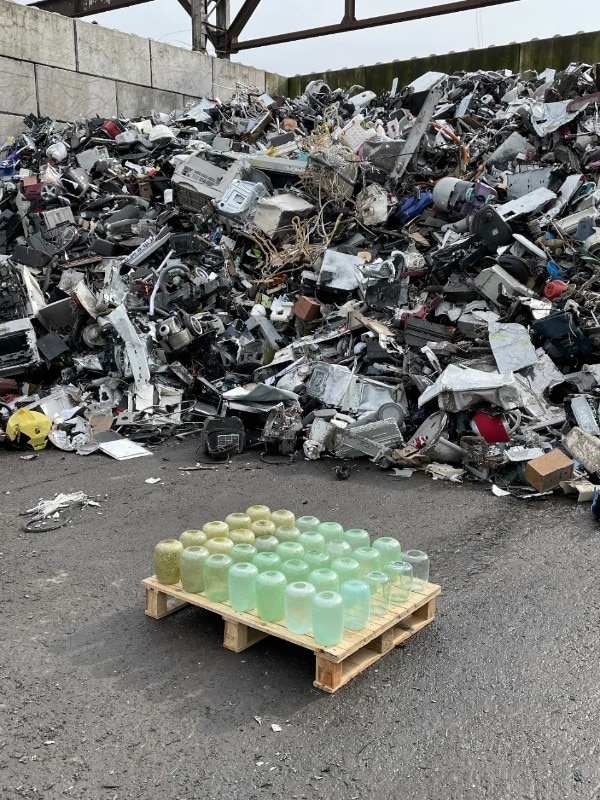
The main exhibition, housed in the beautifully restored Halles Barrouin – a testament to the city’s industrial past – is structured as a constellation of nine micro-exhibitions, laid out like scattered atolls. Each one opens up a different path for exploring how design can tap into alternative resources: from a reimagined industrial future based on optimization over mere technological escalation, to the potential of artificial intelligence, not as a replacement for human creativity, but as a tool for accelerating data and model processing. Alongside these tech-oriented visions of design, there are numerous participatory and collaborative projects that aim to build more cooperative relationships with both human and natural ecosystems.
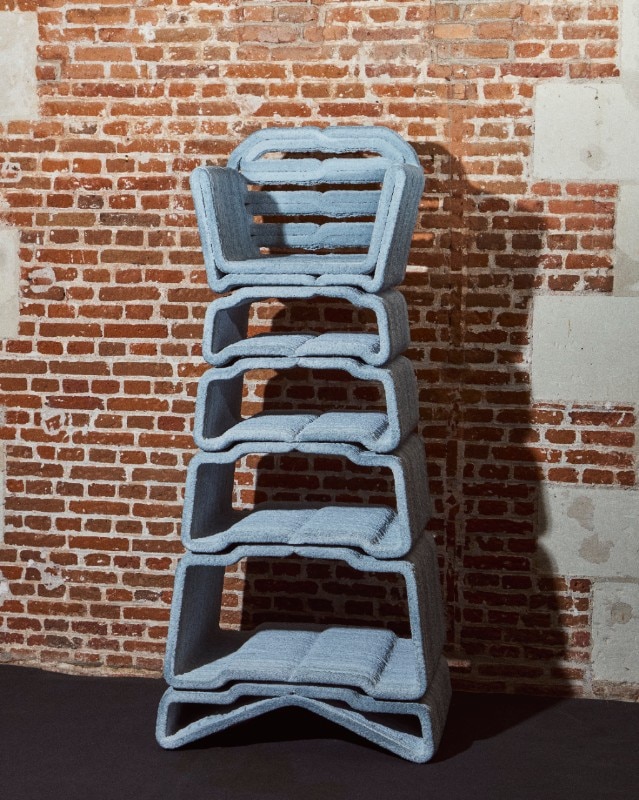
The design studio Natasha.Sasha revisits Buckminster Fuller’s famous mantra, “do more with less,” not only by minimizing material use, but also by reducing the impact of design itself. Swiss architect Philippe Rahm curates a series of practices that illustrate his manifesto, The Anthropocene Style (2003)[1], where architectural and once purely decorative elements – curtains, upholstery, partitions – are reimagined for their lost “climate control” functions, helping to regulate temperature, light, and air quality within living spaces. Designer Marie Huissoud, known for her insect-inspired creations, explores new forms of cohabitation with living organisms: from fabrics that grow like plants to flooring infiltrated with mycelium. Cooperation, although between humans, is also central to Sylvia Fredriksson’s Designing Commons, a project focused on the shared creation of knowledge and processes.
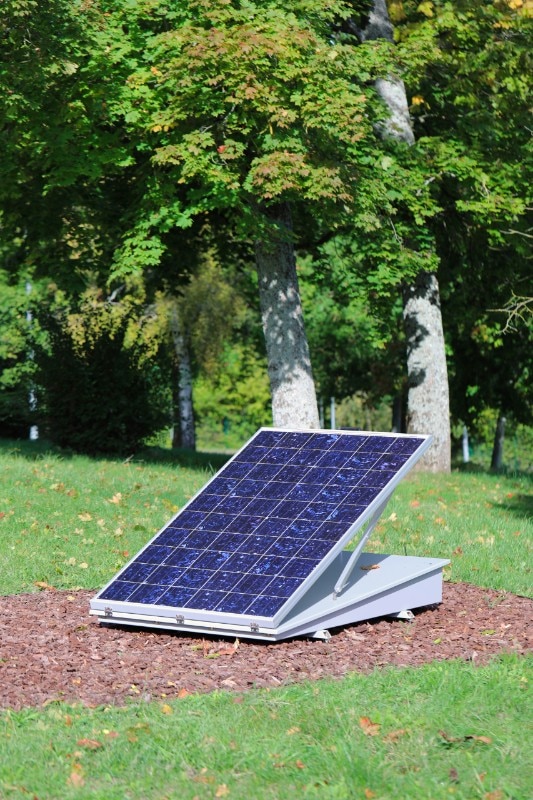
While some of the presentations may feel anecdotal, at times veering into a dizzying, somewhat impersonal inventory of prototypes, documents, and speculative solutions, the notion of “commons” stands out as especially compelling. Here, design is not framed as a solutionist strategy, a catalog of recipes, brilliant inventions or ready-to-use elements; instead, it becomes a workshop for collective reflection and action – a social practice. The designer is no longer a deus ex machina, a providential problem-solver, but a mediator who helps communities identify their needs and harness their resources. As the Designing Commons exhibit suggests, design can be a map drawn together that, instead of charting zones of exploitation, repositions natural elements as vital players in our world. Or it can be a vessel, Avenir, a ship that sails the Mediterranean offering aid and advocating for hospitality to be recognized by UNESCO as intangible cultural heritage.

Alongside the main exhibition, several parallel exhibits offer valuable perspectives. For instance, some highlight the historical and contemporary design landscape in Armenia, while others explore how French design schools are grappling with the issue of resources. Unlike previous editions, this year’s Biennial places schools at its core, treating education as a true laboratory of experimentation, where young people, in dialogue with established artists, designers, and researchers, are encouraged to reflect, test, and imagine the resources of tomorrow. The scope is exclusively French and productions are diverse, but the passionate creative energy is undeniable. Numerous schools and institutions are participating, first and foremost the host institution, ESAD Saint-Étienne. They are joined by members of the national Art Design Recherche network (supported by the French Ministry of Culture) and the École nationale supérieure des arts décoratifs, which recently launched an ambitious program in “Design of Territories.” This initiative relocates training to rural or coastal communities, emphasizing the local and collaborative dimensions of creative practice. As one sign spotted at the exhibition simply states: Le lieu est la ressource – The place is the resource. Even though some places undoubtedly offer more than others. But perhaps the most powerful resource we have, as this Biennial – modest in scale yet bold in vision – suggests, is the school itself.




